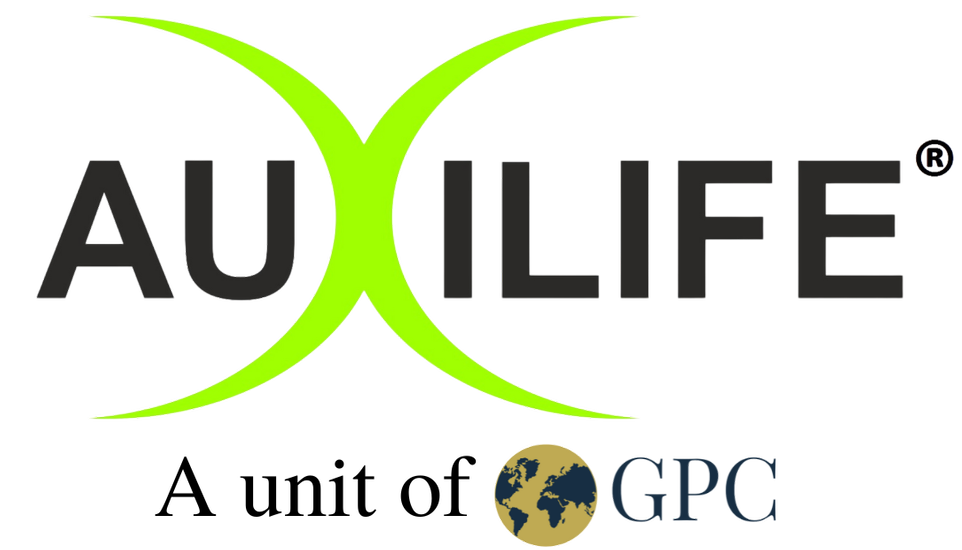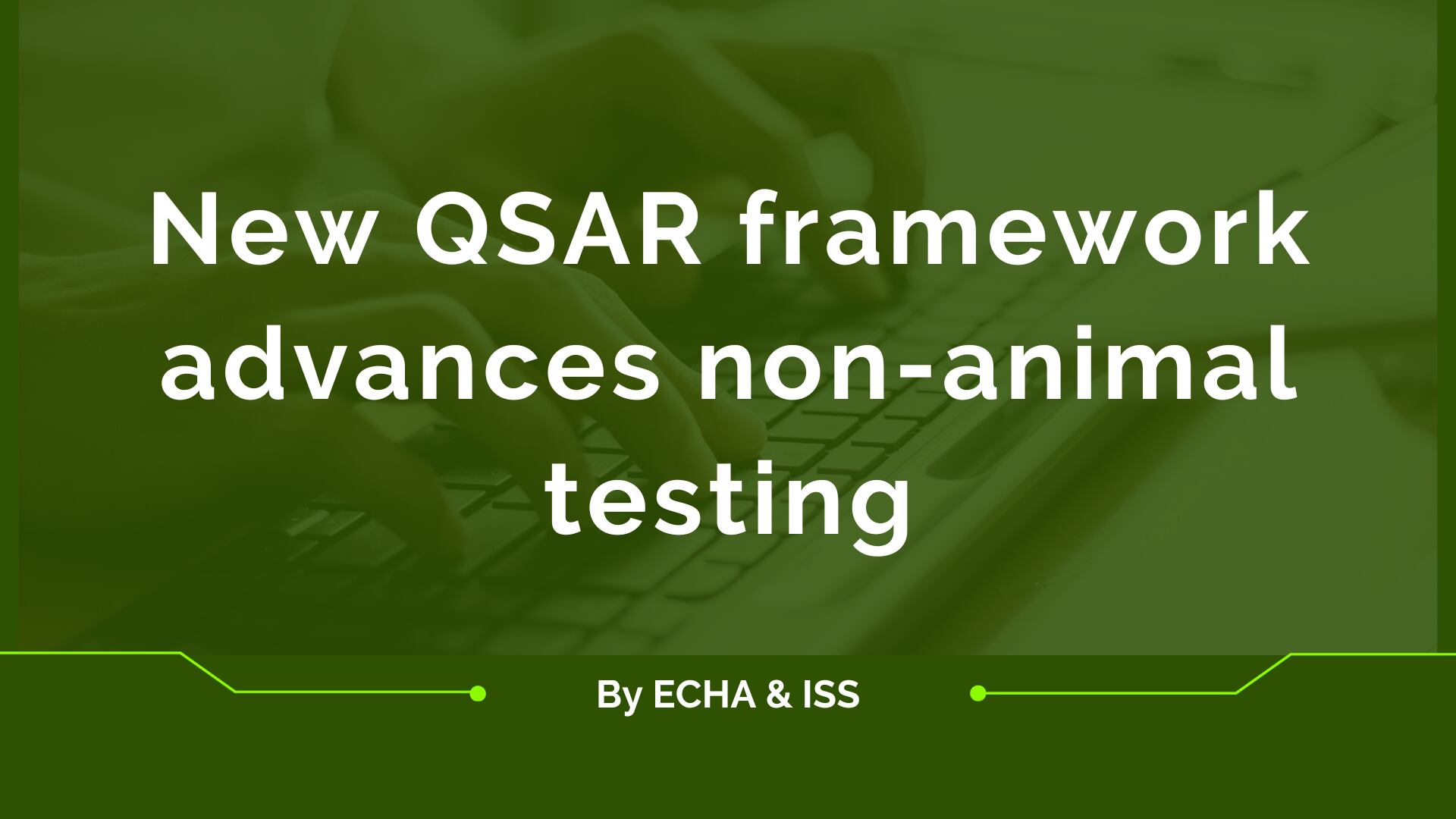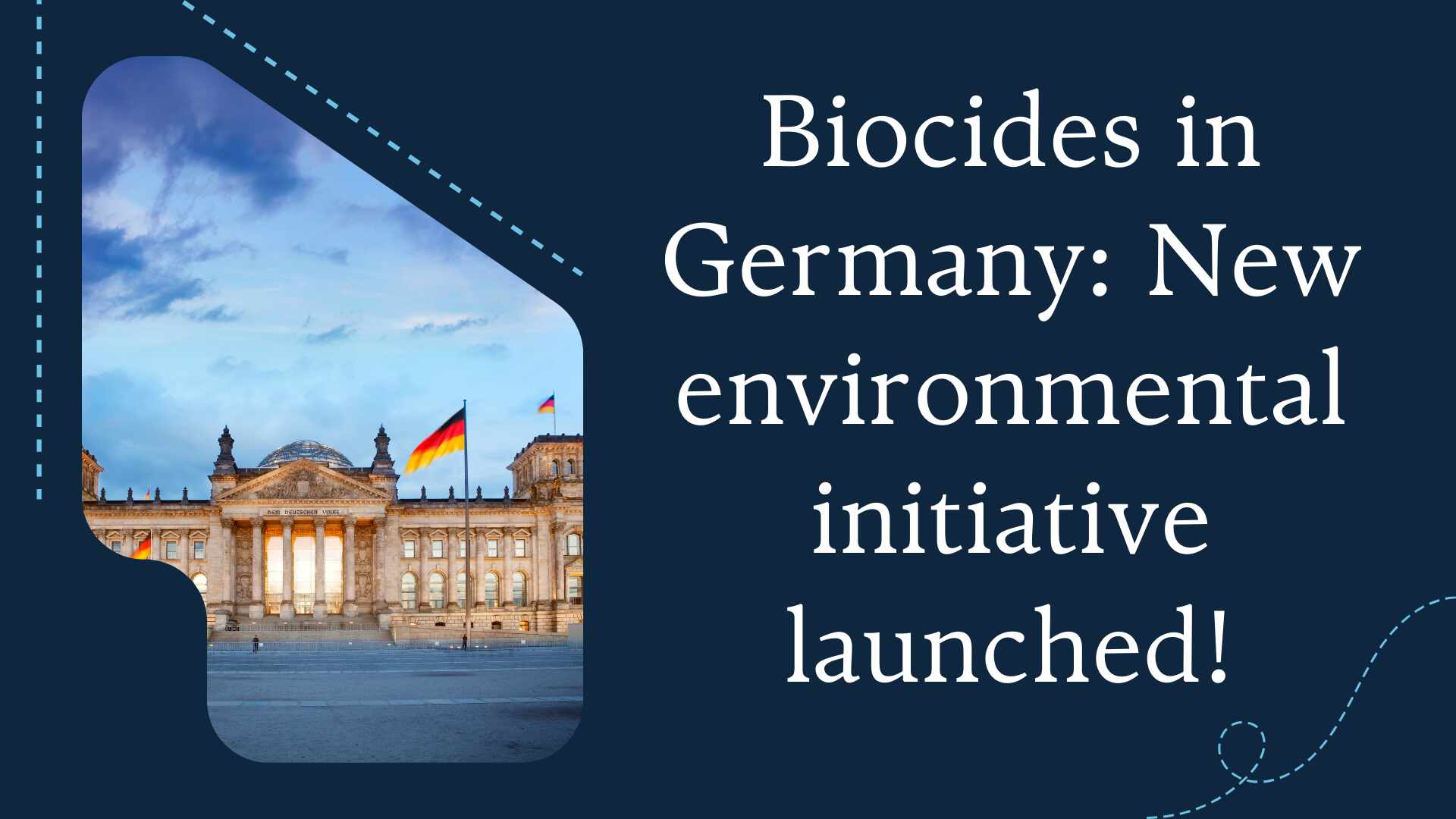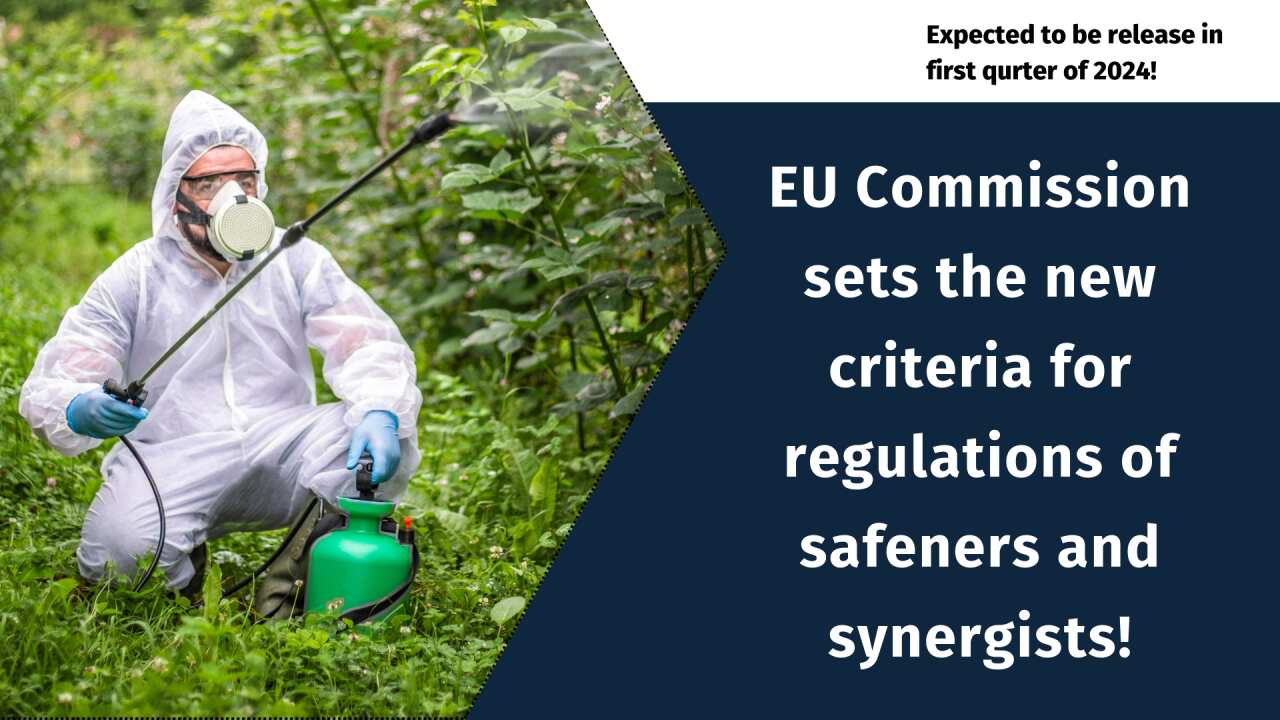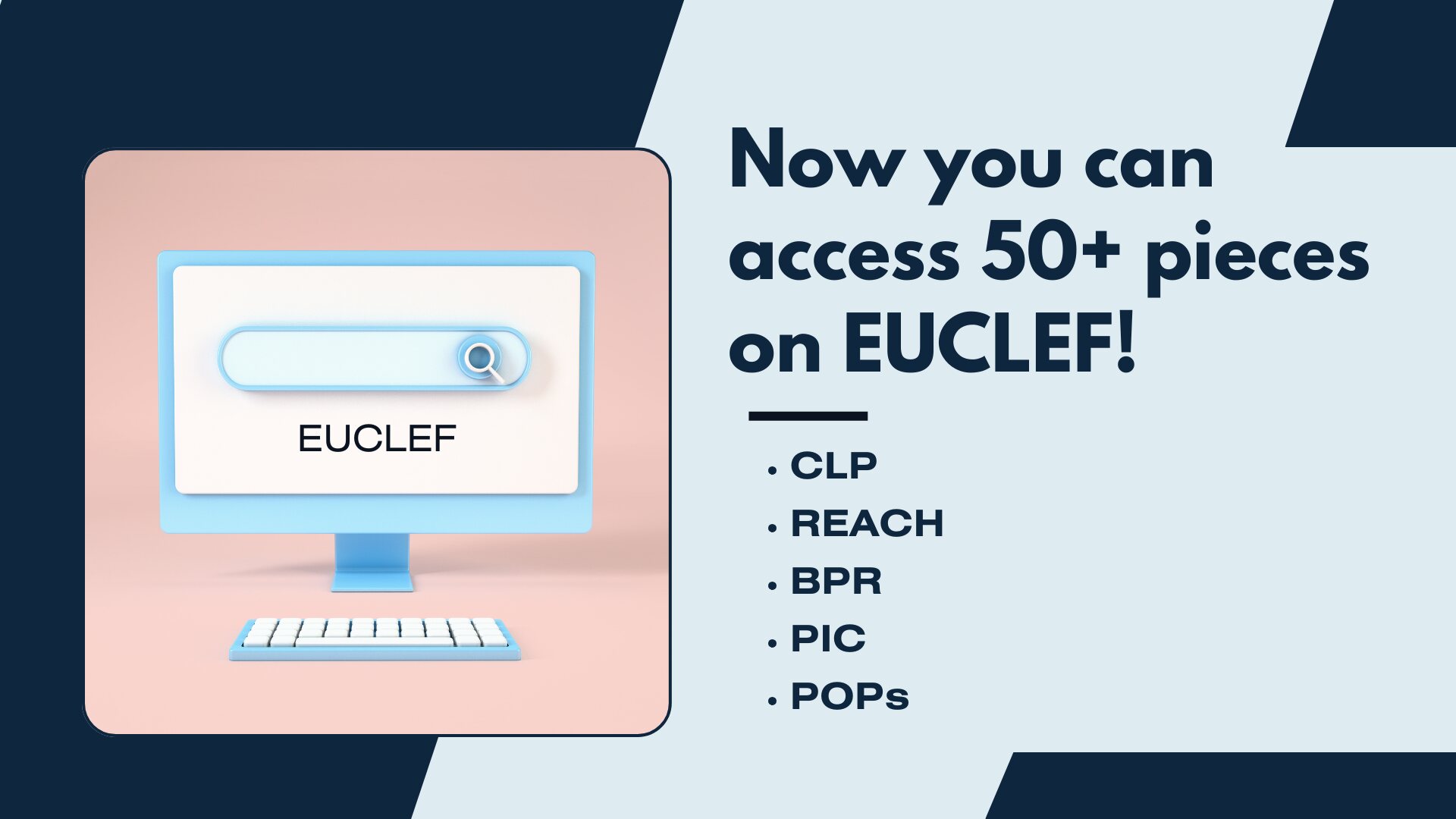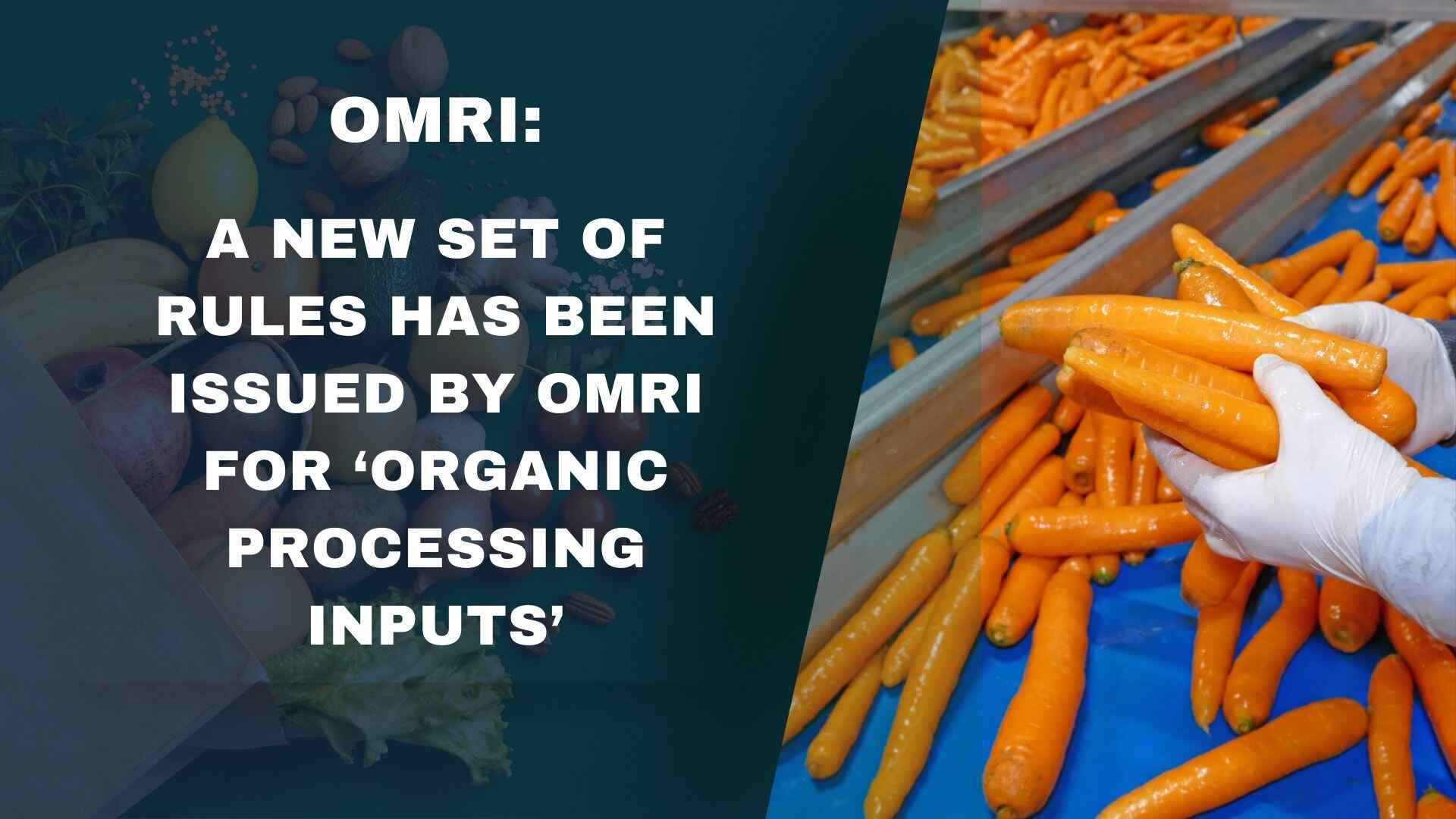The Organization for Economic Cooperation and Development (OECD) has released a groundbreaking framework to assess quantitative structure activity relationship (QSAR) studies, which provides more ethical and animal free approach to gain data on chemicals.
‘QSAR models’ are computer tools for predicting a compound’s characteristics, such as toxicity, from its chemical structure. The use of QSARs is adapted by REACH, the European Union’s chemical legislation, as a modification to the standard information requirements, avoiding the need for pointless animal testing.
Development of framework
1. Expert group led by European chemical agency (ECHA)
2. Italian National Institute of Health (ISS)
Framework encompasses –
- Guidance and a checklist for the assessment of model
- Predictions and results based on multiple predictions.
- Brings clarity, consistency, and transparency to the assessment of QSAR results.
- Urges QSAR model developers to apply it when crafting models intended for regulatory purposes.
REACH applicants need to know this!
REACH registrants can also apply and enhance their confidence in the compliance of QSAR studies with the standard regulatory requirements.
Registrants need not to update their existing QSAR studies as this framework aligns with ECHA’s current practices for QSAR assessment under REACH.
The new framework represents an important advancement in the effort to decrease the reliance on animal testing for chemical hazard assessment. It will encourage the development of innovative animal-free techniques and aid to increase user confidence in the use of QSARs.
